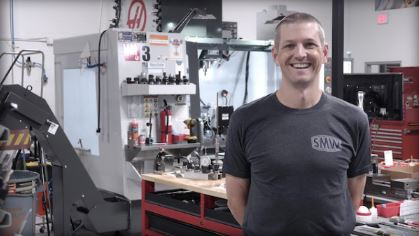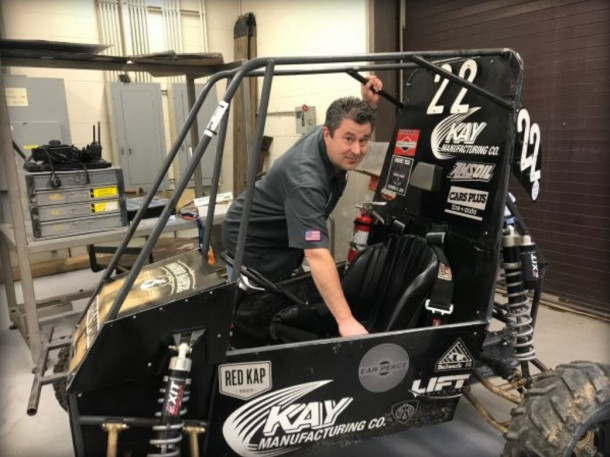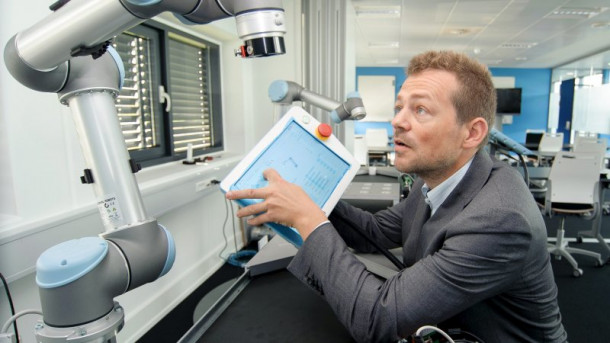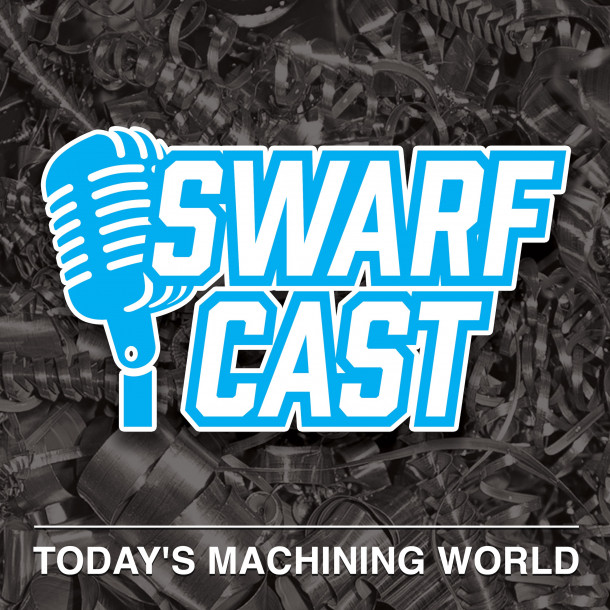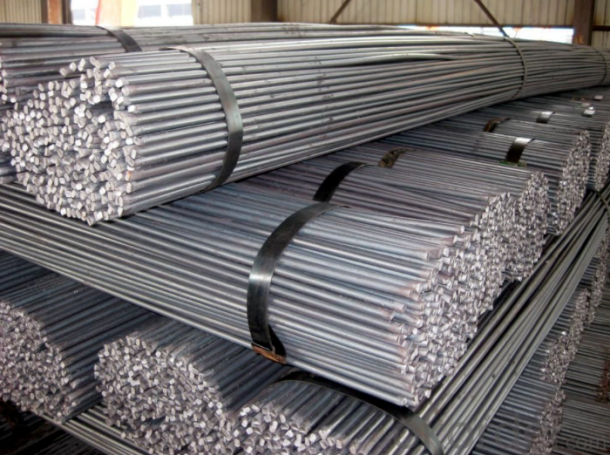Articles
Swarfcast Ep. 20 – Scott Roy on Machines that will Think Like Humans
In today’s podcast we interviewed Scott Roy, a Senior Staff Engineer at Google who specializes in artificial intelligence. He also happens to be my brother-in-law (Lloyd’s son-in-law). One of Scott’s most recent projects at Google is to improve the way machines communicate with people in diverse human languages—last week he was working on communicating in Bengali.
Scroll down to listen to the podcast with Scott Roy.
Swarfcast Ep. 19 – Rick Rickerson on Educating Engineers to Understand
Rick Rickerson is in charge of the machining lab at Purdue’s Northwest Indiana campus in Hammond. In today’s podcast he talks about why he loves his job. “It’s all about students” he says. His passion for teaching beams throughout the interview.
Rick has been doing this job for 14 years. His department has a half-dozen South Bend lathes (now made in Utah), but the students gravitate to the Haas VF-2 vertical machining centers.
Swarfcast Ep. 14 – Scott Livingston on Combining Cycling and Citizens in His Machining Business
Scott Livingston’s Grandfather Horst, after whom Horst Engineering Company in Connecticut was named, often talked about bicycles with Scott during his childhood. Cycling was part of Horst’s life in Germany before he fled from the Nazis in 1938 and came to America.
Horst started his machining company in 1946, and Scott and his family run it today. While the core business is now aerospace products made on Swiss screw machines and thread-rolled parts, a growing piece of the business is a niche product for bikers, toe spikes.
Swarfcast Ep. 5 -- Esben Østergaard of Universal Robots
Noah and Lloyd Graff recently interviewed Esben Østergaard, founder and Chief Technology Officer of Universal Robots. Universal Robots produces what it calls "cobots," low cost but powerful robotic arms meant to aid workers on the factory floor, rather than replace them. Most people can learn to program the robots in a free 88-minute online course.
Listen at https://todaysmachiningworld.com/?powerpress_pinw=25506-podcast
Swarfcast Podcast from Today's Machining World
Today’s Machining World, Graff-Pinkert’s sister company, just launched its weekly podcast, Swarfcast!
The podcast centers around similar topics that readers have enjoyed in Today’s Machining World during its first 18 years.
Listen here: https://todaysmachiningworld.com/?powerpress_pinw=25299-podcast
Tariff Talk
Noah Graff recently interviewed Miles Free, the Precision Machined Products Association’s Director of Industry Research and Technology. He’s a guru of machining industry world politics and one of the world’s foremost experts on the steel trade.
In March when President Trump tweeted his intentions to implement a 25% tariff on steel and a 10% tariff on aluminum coming into the United States, Free was bombarded from news outlets around the globe for his analysis—he really knows his steel.
He compared the tariffs to the economic sanctions on imports that the United States would inflict on an enemy like Russia or Iran. “Nobody would have dreamed that the White House would ever use an entire industry as a negotiating technique” Free said.
What Graff-Pinkert Can Provide Customers
Graff-Pinkert is more than just a machine tool dealer. We are a company that provides solutions for our customers' manufacturing challenges. We sell machines ready for customers to start making parts on their floor. Watch this video to learn more about what Graff-Pinkert can do for your machining firm.
Testimonials From Graff-Pinkert Customers
I've purchased a few machines from Graff-Pinkert. They have always been very helpful. They have always done exactly what they said they would do. They deliver machines on time and they have a great parts department. I'd recomend them for your next Wickman needs.
Manny Ambrosio
Mars Engineering
The Reasons to Upgrade to a Wickman Multi-Spindle
Thinking of rebuilding your 6-spindle Acmes or New Britains? You ought to consider upgrading to a 6-spindle Wickman multi-spindle screw machine instead.
I. The Wickman multi-spindle screw machine has superior accuracy to that of the ACME or New Britain machine.
